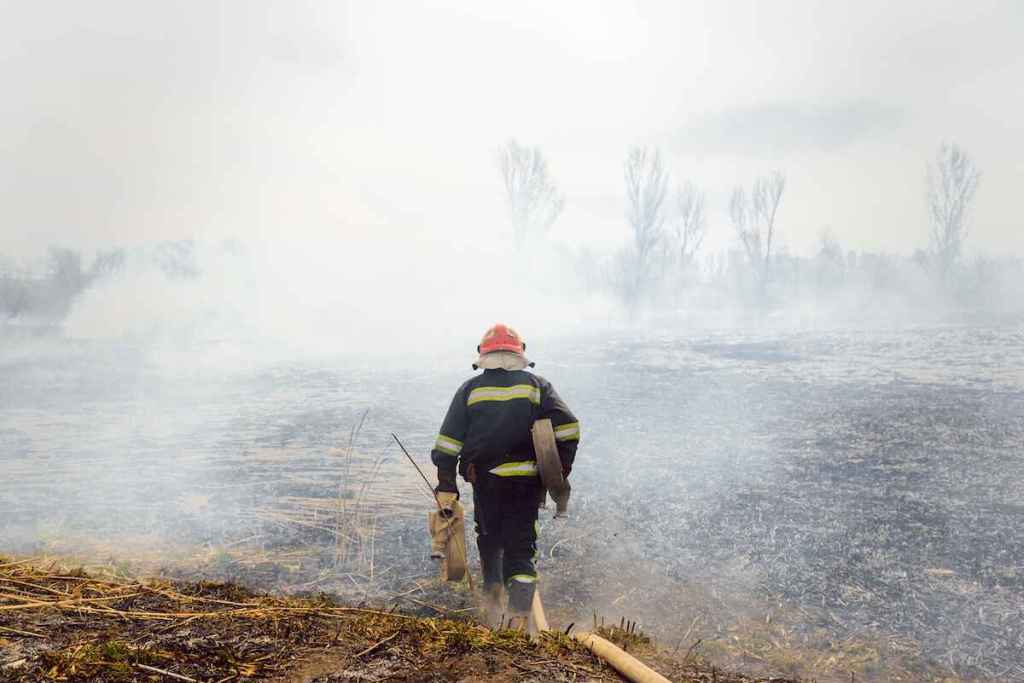The same home insurance scenario being played out in states like Florida and California due to elevated risk of natural disasters is becoming more pronounced in the Pacific Northwest according to a new report from the Seattle Times.
Dozens of state residents have appealed policy limitations, cancellations or site-unseen denials to the Washington Office of the Insurance Commissioner. In one described case, a homeowner was told that there was nothing the state could do about the outright denial of a policy, which was followed by that office marking the complaint closed.
“The number of such complaints reported since 2022 is roughly 10 times higher than the annual average of the previous six years and speaks to a growing problem for Washington residents: insurance companies using wildfire risk scores to discontinue insurance policies,” the report explained.
Such risk models were first developed by the federal government in an effort to help homeowners withstand potential disasters, but they’re increasingly being used by the insurance industry to inform underwriting decisions.
“Yet the models used to deny coverage are far from uniform and often obscured from consumers, making their use largely at the will and interest of the company,” the report said. “Insurers employ various third-party vendors that draw from different data sources and consider different factors for insurability.”
The use of wildfire risk scores that aim to predict the possibility of a home being destroyed by a natural disaster is an increasingly common practice nationwide. Limitations on insurance coverage stemming from such scores are causing lawmakers in other states — particularly California — to try and legislatively address such concerns from constituents.
One such law passed earlier this year in Oregon, aiming to “block state risk maps from influencing insurance policymaking,” the Times reported. California publicly tracks insurance nonrenewals to provide risk assessment transparency and to allow its citizens to appeal their scores, but those policies don’t exist in Washington.
“We unfortunately cannot tell or force the company to reinstate the policy,” state compliance analysts reportedly wrote to state residents filing complaints about lost insurance. “No violation found.”
When reached by the Times, a representative of PEMCO Insurance said the company made the “difficult decision” to reduce less than 1% of coverage to homes in Pacific Northwestern states like Washington and Oregon.
“Because of the changing dynamics of wildfire risk and our concentration of homeowners policies, however, a policyholder can do all these things [to reduce risk] and we are still no longer able to insure their property,” said Dawn Lee, a vice president with PEMCO, to the Times.
Lee went on to cite issues including the increasing risk of natural disasters, ongoing economic inflation and the increasing construction of homes in wildfire-prone areas as informing the decisions of PEMCO and other insurers.
Residents also said that the policies they were able to obtain come with much higher rates and, in some cases, provide coverage for less than half the value of a home, according to consumers who spoke with the Times.
According to an analysis by the First Street Foundation, the number of homes at risk of wildfires is expected to grow by as much as 30% over the next 30 years, with much of the risk currently concentrated in the central and eastern parts of the state stretching between the cities of Wenatchee and Spokane. Risk is projected to grow negligibly for Western Washington residents in and around the Seattle area, the most populous part of the state.





